#10 Mon-Fayette Expressway $ 5.4 billion
The Mon-Fayette Expressway from Uniontown to Brownsville project was one of the division four Mon/Fayette Transportation Projects being undertaken by different construction agencies and companies. The companies involved in the execution of the plans were Pennsylvania Turnpike Commission (PTC), The West Virginia Department of Transportation, Division of Highways (WVDOH) and Pennsylvania Department of Transportation (PennDOT). The pre-final design was completed in the year 2003. The main purpose for the pre-final design was to ensure minimal impacts on the environmental features, improve security and to reduce the construction cost. Initially the project was divided into four pre-final design roadway sections and one pre-final design Monongahela River Bridge section. The execution of the project was divided into eleven roadway construction sections and one Monongahela Bridge construction section. The total building cost for the Uniontown to Brownsville portion of the Mon-Fayette Expressway is estimated at about $605 Million. The total length of the Mon-Fayette Expressway is estimated to be 66 miles at present.
#9 Oakland Bay Bridge $ 6.2 billion
The San Francisco-Oak land bay bridge is bridge, which spans the San Francisco, bay of California in United States. It carries approximately 270,000 vehicles per day on its two decks. It is assumed to be one of the longest span bridges in the world. The Construction began in the year 1933, the chief engineer Ralph Modjeski supervised the construction of the world’s longest span bridge, initially the construction of the Bay bridge was not less than a challenge for the engineers and workers. The latest and new foundation techniques were adopted to lay its foundation. A massive anchorage was built to provide stability and safety, in order to build a complete suspension bridge on each side of the middle anchorage. The whole span was a tremendous accomplishment. A half eastern part was 3102m spanned, bay bridge linking Yerba Buena Island to Oakland. It was a fine combination state of the art civil engineering and experience. The bridge was opened to traffic in the year 12, 1936, and inaugurated by the US President Herbert Hoover. The Bridge expensed US government an amount of 6.2 million dollars.
#8 ITER $ 6.5 billion
ITER (International Thermonuclear Experimental Reactor) is an international research and engineering project which is currently the world’s largest and most advanced experimental tokamak nuclear fusion reactor. It will be constructed in Europe, at Cucaracha in the south of France. The ITER tokamak aims to make the long-awaited transition from plasma physics to full-scale electricity-producing fusion power plants. The members of ITER project are the European Union, India, Japan, and People’s Republic of China, Russia, South Korea and the United States. The EU is host party for ITER which will contribute 45% of the cost while the other parties will contribute 9% each. The fusion reactor has been designed to produce 500 MW of output power for input power of 50 MW or ten times the amount of energy put in. It is expected that ITER will give more energy from the fusion process as an output than the amount of energy taken as an input. This aim has not been achieved previously by any fusion reactor. Construction of the facility began in 2007 and the first plasma is expected in 2019. When ITER becomes operational it will surpass the Joint European Torus, which is the current largest magnetic confinement plasma physics experiment in use.
#7 Alaska Pipeline $ 8 billion
The Trans-Alaska Pipeline is one of the most expensive oil pipeline construction works that cost 8 billion dollars to the government of United States. The pipeline was built between the years 1974 and 1977. The only reason behind this Trans-Alaska Oil Pipeline was the 1973 oil crisis which raised the prices of oil in the United States. This rise made an exploration of Prudhoe Bay oil field which was economically feasible. The oil field in the Prudhoe Bay was discovered in the year 1968 and the crisis provided a reason to extract the oil to the surface. The oil travelling started in the year 1977, few oil spillages have also been recorded, and the accounts suggested that the pipeline has successfully transferred almost 16 million barrels of oil. The construction began in the year 1974. The few reasons made the task delayed, the cold weather, workers and the construction of Dalton Highway. Thousands workers were employed with the attraction of high paying jobs. More than 8 billion dollars was spent to build the 800 miles of long pipeline. Conditions were extreme, extremely cold climate, difficult terrain and in Atigun Pass the river forced the workers to face unseen difficulties and problems. Hence the construction was not less than a challenge. 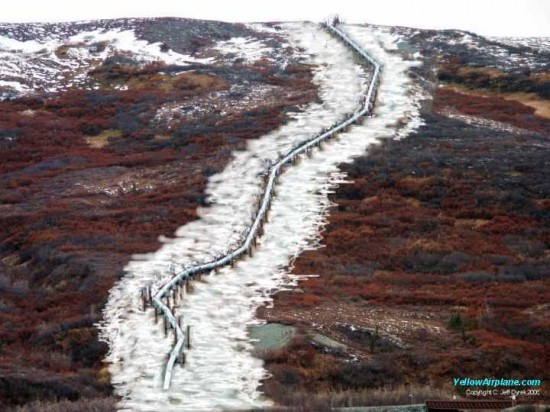
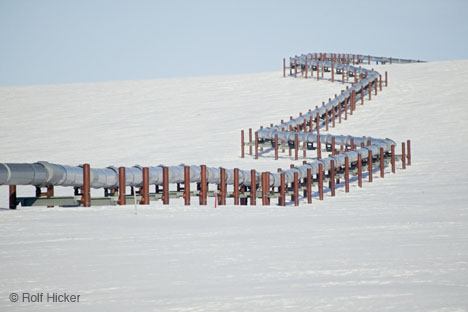


#6 CVN-78 class aircraft carrier $ 9 billion / unit
Construction on components of CVN-78 began in spring of 2007. It is planned to be complete in 2015. It is under construction at Newport News Shipbuilding, a division of Huntington Ingalls Industries (formerly known as Northrop Grumman Shipbuilding) in Newport News, Virginia. It is the only shipyard in the US capable of building nuclear-powered aircraft carriers. In 2005 it was estimated to cost at least $8 billion excluding the $5 billion spent on research and development. A report published in 2009 said that the Ford would cost $14 billion including research and development, and the actual cost of the carrier itself would be $9 billion. Construction of the CVN-21 project began on August 11, 2005 with the beveling of a 15-ton metal plate. This metal plate will be used in the construction of CVN-78. Advance construction will take an estimated two years before construction can begin on the actual ship herself. This gives technicians and engineers the time needed to test and design the ship, and all the new technologies that will be used for CVN-78.
#5 James Bay Project $ 14 billion
The project was to build a series of Dams, dikes, reservoir and power stations. Three major rivers Caniapiscau, Eastmain and Opinaca were diverted into it in order to increase its potential power. The project was executed in Hydro-Quebec, the main concept behind the construction was to produce maximum amount of hydroelectric power. Four power houses, 215 dikes and dams and a 4800 kilometer network of 735 kilovolt transmission lines to transmit the power south to Montreal and Quebec. The construction got completed in the year 1985; the total cost of development was approximately 14 billion dollars with a generation of 10,300 megawatts of electricity. The project has raised controversies for its effect on the native people and environment; it also flooded 11,500 km2 areas that are home to Cree and Inuit.
#4 Big Dig $ 22 billion
The Project was developed in an answer to the increasing traffic over crowding on Boston’s historically tangled streets, which were made in early times before the advent of automobiles and mechanical vehicles. This urged a cause to expand or build something new so that they can avoid traffic jams and traffic congestions. The, then Commissioner of Public Works William Callahan pushed through plans and provided a very inimitable idea for an elevated expressway, which was finally completed between downtown and waterfront. The project was executed and accomplished by the Massachusetts Turnpike Authority with the Big Dig and the Turnpike’s Boston Extension from the 1960s being financially and legally joined by the legislature as the Metropolitan Highway System. Since the project was too big and enormous to handle that’s why it was broken into many small sub projects with well defined interfaces between contractors. The Project was supervised by two different corporations Bechtel Corporation and PB. The Charles River crossing had been a source of major controversy, the design was not complete because of that river some serious steps were suggested to resolve the issue some of them were very expensive and some were practically instable but then an idea came to work separately on another project that would ultimately connect the Tobin Bridge to Charles River crossing. Swiss Engineer Christian Menn took over to the development of the bridge; he gave nice and sleek design of the bridge that have the capability to withstand many tons of traffic. The project was completed in the year 2007 and about 22 billion dollars was spent on this huge project.
#3 Three Gorges Dam $ 25 billion
The Three Gorges dam was one of the major projects of China, to improve their economy and generate humongous amount of hydroelectric power for its residents. It is a concrete dam, the dam is 2,335m long and the height above the sea level is 185m. The project utilized 27,200,000m3 of concrete, 463,000 tons of steel and about 102,600,000m3 of earth was evacuated to create the room for dam. The depth of the dam is 181m. A huge amount of investment was done in order to create the humongous dam, initially it was estimated that the dam will cost the Chinese government about 22.5 billion dollars but the circumstances did not allow this and the cost reached up to 27 billion dollars. It was estimated that the whole revenue or the cost of the dam will be generated in first ten years of fully functional dam with generation of 1,000 Twh of electricity yielding 250 billion Yuan.
2 Itaipu Dam $ 27 billion
The dam is the largest hydroelectric plant ever built on earth having a capacity to generate 94.7 TWh in year 2008 and 91.6 TWh in the year 2009. As compared to three Gorges dam it is second world’s largest hydroelectric power generator. The dam has the capacity to generate 14,000 MW of energy; it is located at border of Paraguay and Brazil and is a joint venture of both the countries. There are total 20 generators installed on it, ten generate at 50 Hz for Paraguay and ten generate for Brazil at 60 Hz. The construction started in the year 1971 and in the following month of April of the same year Brazil and Paraguay signed the Itaipu Treaty. On May 17, 1974, the Itaipu Binacional entity was created to administer the plant’s construction. The works began in January of the following year. In the year 1994 American Society of Civil Engineers elected Itaipu Dam as the wonders of the modern world. The Dam served a social impact because approximately 10,000 families living besides Parana River were displaced. The amount of concrete used to build single Itaipu Dam would be enough to build 210 football stadiums. The iron and steel used for the construction of Itaipu Dam was enough to build 380 Eiffel Towers. The construction of this dam provided huge employment opportunities about forty thousand people became a part in the execution of the project. The Itaipu dam is actually a conglomerate of four different types of Dams from the far left, an earth fill dam, a rock fill dam, a concrete buttress main dam, and a concrete wing dam to the right.
# 1 International Space Station $ 157 billion
According to the Memorandum of Understanding between NASA and RSA, the International Space Station was meant to be a laboratory, observatory and factory in space. It was also planned to provide transportation, servicing and act as a landing and takeoff area for possible future missions to the Moon, Mars and asteroids. In the 2010 United States National Space Policy, the ISS was given additional roles of serving commercial, diplomatic, and educational purposes.
The ISS is a long-term platform in the Space Environment where extended studies are conducted. The permanent crew affords the ability to monitor, complete, repair, and replace experiments and components of the spacecraft itself. The ISS provides a platform to conduct experiments that require one or more of the unusual conditions present on the station. The primary fields of research include human research, space medicine, life sciences, and meteorology. Scientists on Earth have access to the crew’s data and can modify experiments or launch new ones, while these benefits are generally not available on unmanned spacecraft. Crews fly on expeditions of several months duration, providing approximately 160 man-hours a week of labor with a crew of 6. Research on the ISS improves knowledge about the effects of long-term space exposure on the human body, including muscle atrophy, bone loss, and fluid shift. This data will be used to determine whether lengthy human spaceflight and space colonization are feasible The ISS provides a location in the relative safety of Low Earth Orbit to test spacecraft systems that will be required for long-duration missions to the Moon and Mars.
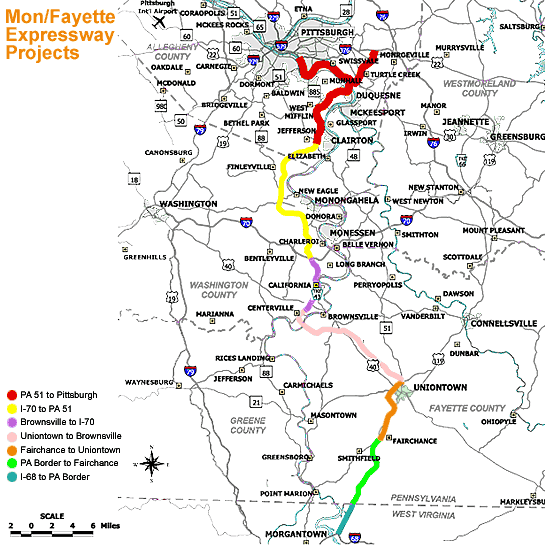
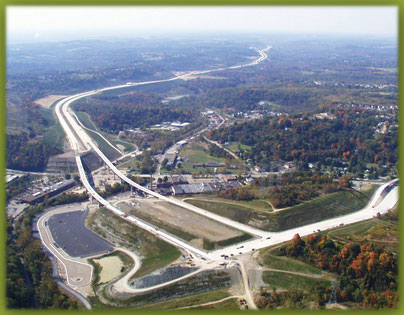
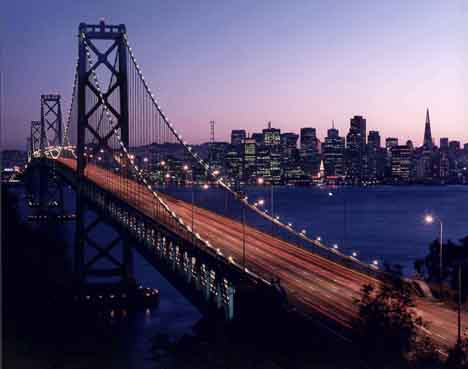
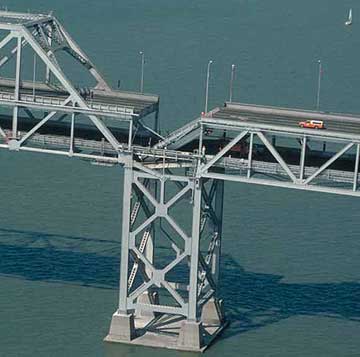
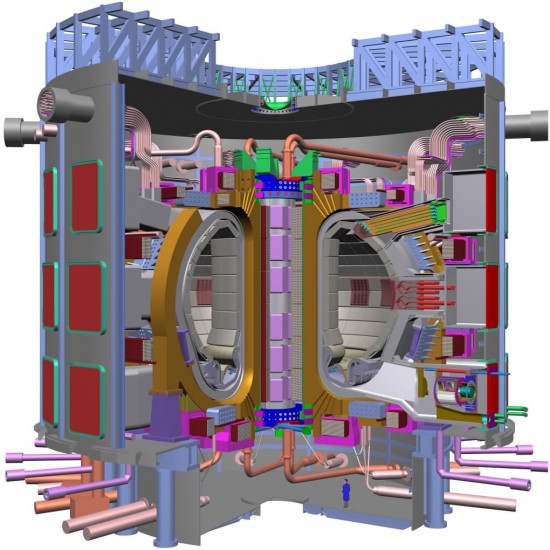
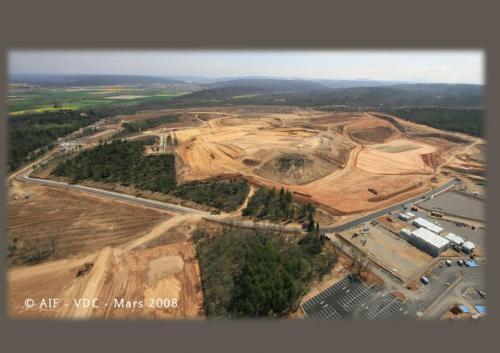
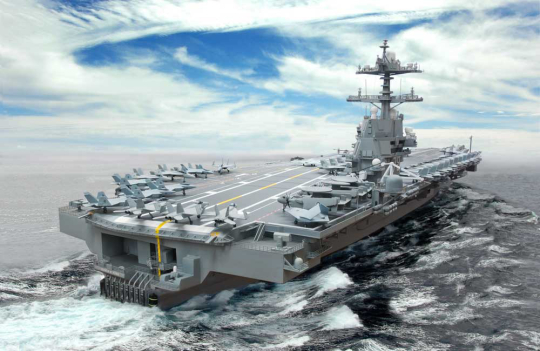
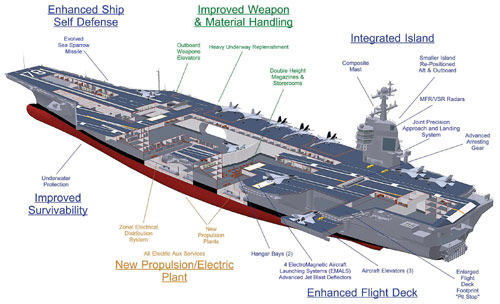
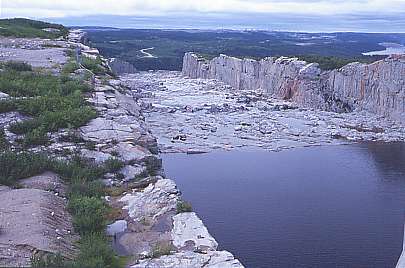
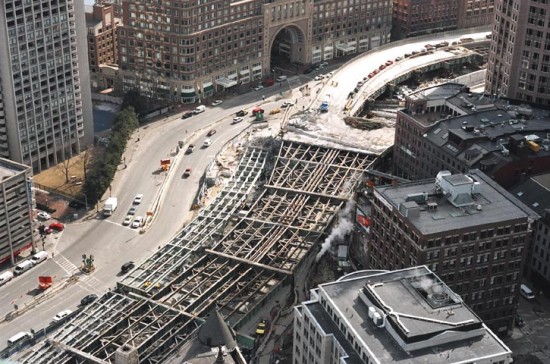
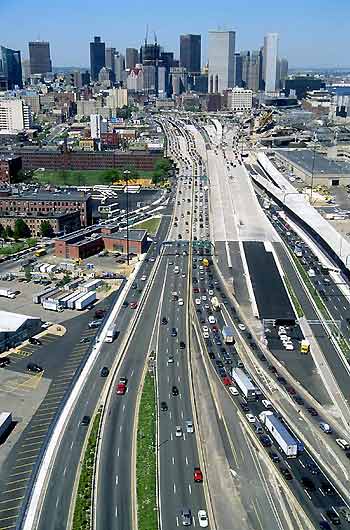
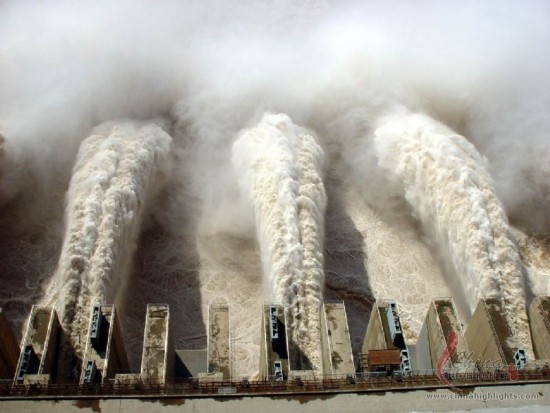
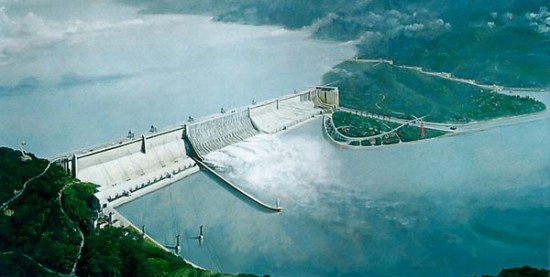
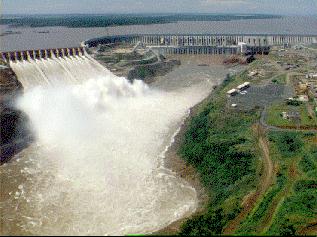
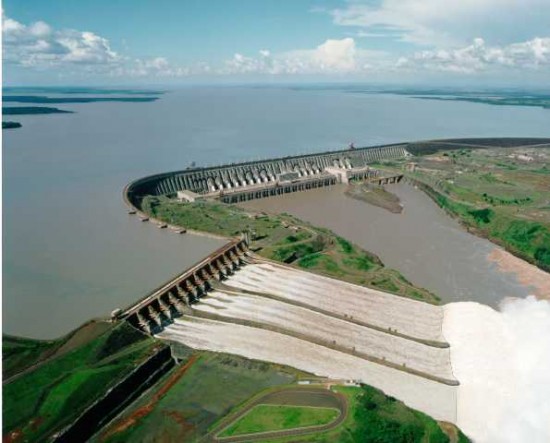
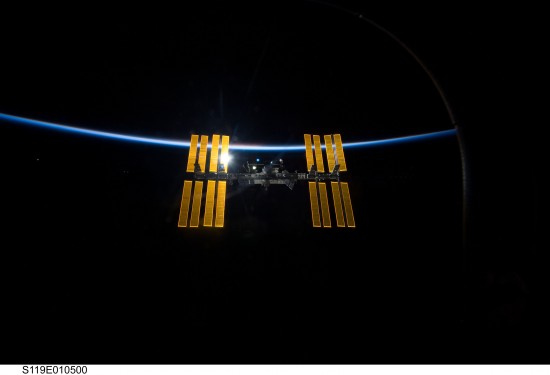
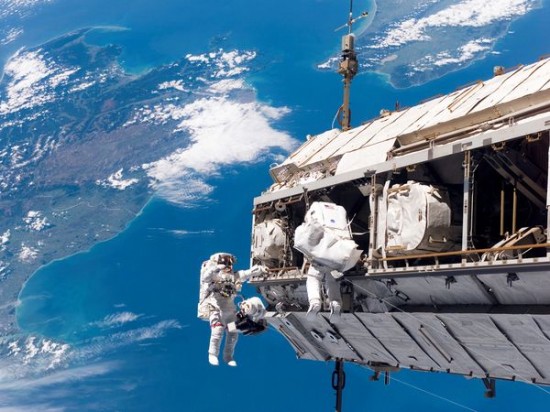
No comments:
Post a Comment